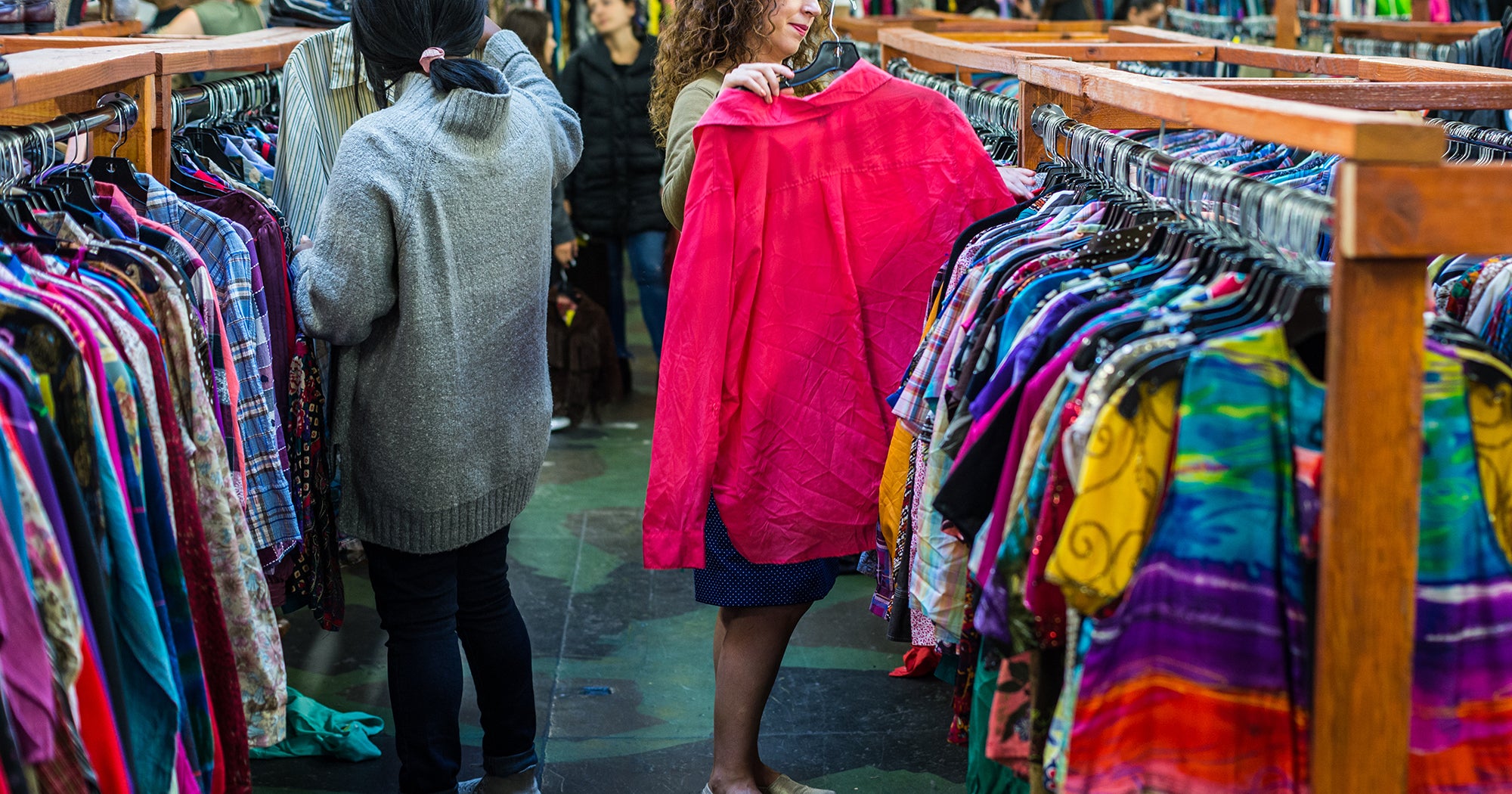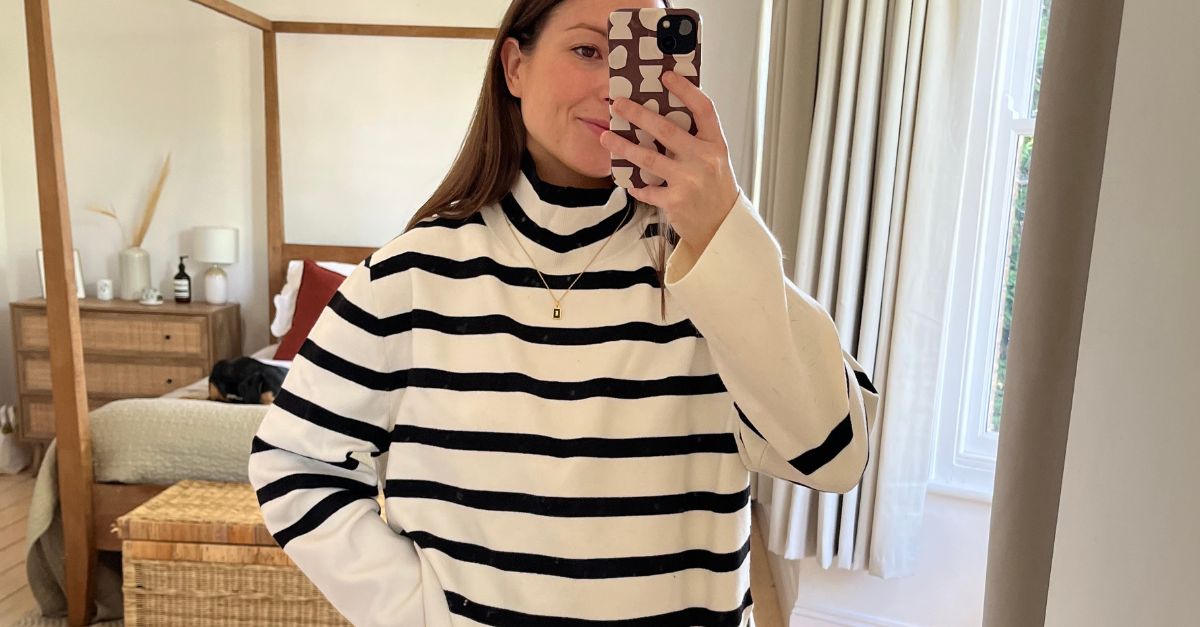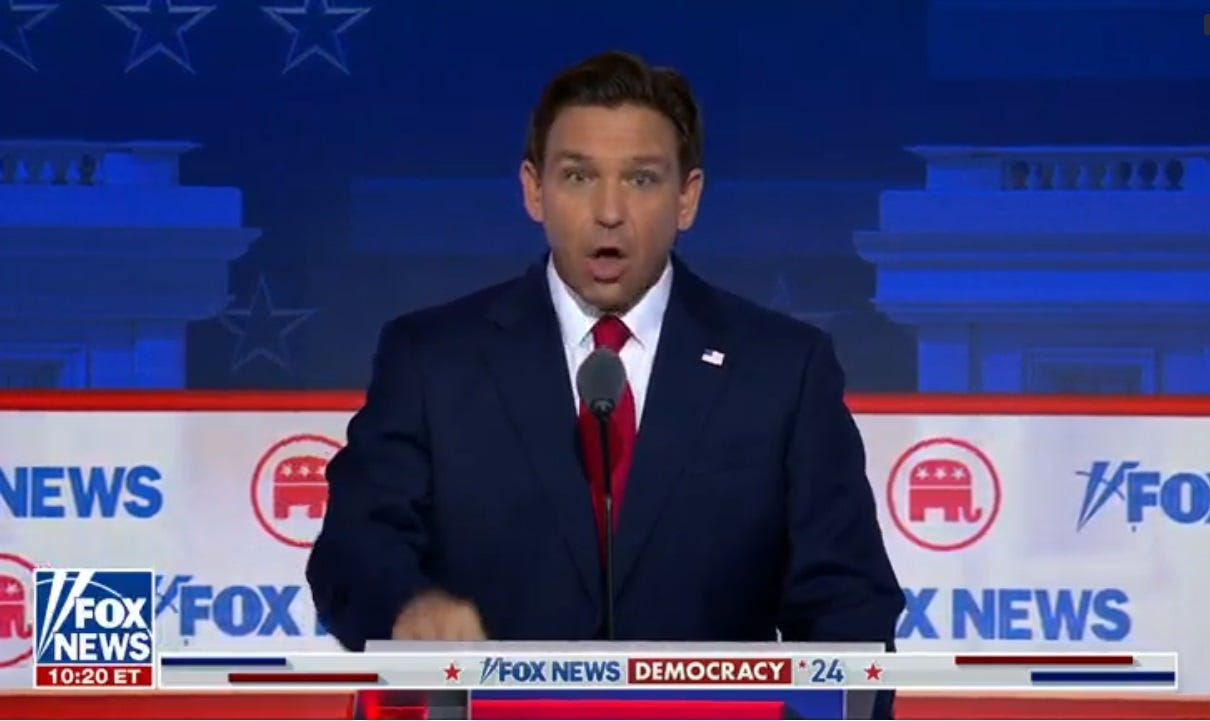2022 was a mixed year for Instagram, with the platform reaching a new milestone in monthly active users (2 billion), while also repeatedly copying TikTok and seemingly losing its own identity, at least to some degree, in the process.
The biggest challenge for IG seems to be that it’s no longer a unique app. Its tools and features are all so derivative that it’s not a cultural leader anymore, not in the way that it once was, while its insistence on highlighting more content from users that you don’t follow has seen the app stray further from its roots, and into a sort of void between YouTube, TikTok, Snapchat, and even Facebook of times past.
Which, again, at 2 billion users seems to still be working, and Instagram’s copying of TikTok has provided at least one important benefit, in stopping many IG users from straying to another app. But it feels like Instagram is also on the edge of the relevance curve, and that it could quickly fall out of favor if it were to make any more significant missteps.
Remember the panic when Kylie Jenner said that she was over IG?
Ultimately, however, the numbers tell the tale, and right now, Instagram remains a critical consideration for most marketers, by sheer size alone. And with that in mind, it’s important to understand where the platform is headed, and what’s coming next for the Meta-owned app.
Today, Instagram chief Adam Mosseri has provided some insight on just that, posting a quick overview of the platform’s three key priorities for 2023.
As per Mosseri, Instagram’s key elements of focus are:
1. Inspire people to be creative
Mosseri says that this is a fundamental on which Instagram was born ‘with those amazing photo filters and crazy frames back in the day’. Pretty sure the ‘crazy’ features he’s referring to actually came from Snapchat – but Instagram was the first major platform to implement different filters and overlays for images, in order to customize your image posts.
Along those lines, you can expect to see Instagram adding in more visual customization and editing tools, with, I’d hazard a guess, more specific focus on AR creation, and integrating 3D objects and experiences in the app.
Why? Because Meta knows that it will need creators to help build its metaverse vision, and Instagram is its best pathway to connect with next-level talent – because no one cool uses Facebook anymore, and its other apps don’t facilitate the same level of visual creation.
As such, Instagram really is Meta’s gateway into the next phase, and it’ll need to use IG to not only connect with the next generation of artists right now, but to also guide them into multi-dimensional creation.
The social platform that can best facilitate simplified 3D creation, in all its many applications, stands to win out in the AR/VR shift, and you can expect to see Instagram looking to add more tools along these lines throughout the next year.
2. Help people discover things they love
This is both a major opportunity and a major risk for IG, because in order to do this, it needs to shift user behavior away from what they know and love (seeing the latest posts from people and profiles that they’ve chosen to follow) and into a new, TikTok-like experience, which is no longer geared around your own curated social graph.
That works on TikTok because that’s how the app established itself from the start, with a focus on highlighting the best content from across the app, based on your interests, as opposed to pushing you to follow the users that you like, and keeping you confined within your direct-defined scope.
TikTok ultimately succeeds in this approach because its algorithm is so good at showing you more content that you like, which then enables it to double down on that engagement by broadening the pool of content that it can choose from. On Instagram, you want to see the latest posts from friends and the profiles that you’ve chosen to follow first, and while IG is trying to shift users away from this, it hasn’t been a smooth transition as yet.
It also negates the need for a feed algorithm. The original justification of the algorithm was that there are so many posts that you could be shown each day, based on the amount of pages and people that you follow, that they have to be sorted by an algorithm to show you the most relevant ones. But now, Instagram is adding more content into the mix.
So do we still need an algorithm or not?
In any event, you can expect Instagram to continue along this path, with more content from people and pages that you don’t follow being jammed between updates in your main IG feed.
Meta chief Mark Zuckerberg noted back in July that just over 15% of the content in Instagram feeds was being delivered via its AI recommendation engine, and that he expected to see this ‘more than double’ by the end of 2023. That, despite some hiccups along the way, is likely still the plan.
Will that extend to Stories too, in showing you Stories from people and pages that IG’s algorithm thinks you might also like? Probably – though I remain pessimistic that this is going to work out the way that Instagram hopes.
3. Spark connections between people
The last element relates to the use of the main IG feed for content discovery, with more people now sharing and discussing posts in DMs and Stories, which is a new shift in social engagement.
It used to be that people shared posts publicly, both as a means to connect with others and share more about their own personal interests. But over time, and amid various concerns related to divisive discourse and ‘cancel culture’, more people have become increasingly wary about what they share to their main feed, which has seen a bigger trend towards more private sharing, and engaging around content within smaller, private groups.
Instagram’s been looking to feed into this with new additions like ‘Notes’, which enables users to share a conversation prompt in a Stories-like bubble above your Direct inbox.

The idea is that this will help to trigger new conversations and engagement opportunities in the app, which, as Mosseri says, could help IG differentiate itself from other apps by building for engagement around content, as opposed to just focusing on the content itself.
Will that work? I mean, maybe. Again, Meta has noted several times that more people are now sharing in Stories and DMs than they are in their main feed, and if the second step above works as Instagram hopes, in shifting user behavior towards discovery, this could be a new way to generate more discussion and engagement in the app around the latest trending clips and posts.
Overall, Instagram’s going to remain on the same path that it’s been following over the past 12 months, with the key element being the shift towards using the main feed for content discovery.
Again, I’m not sure that’s going to work, but if Instagram can get its algorithm right, that could be a path towards maximizing engagement by leaning into usage trends, while still providing a unique experience based on your social graph.
Which, up till recently, had always been Meta’s unassailable advantage. You might find better content in other apps, but you still need to log into Facebook and IG every day to see the latest posts from your closest friends and family, at least some of whom won’t ever bother to download the latest apps. But TikTok’s discovery algorithm flipped the script, by making the content itself the focus, which has quickly rendered Meta’s advantage in connections largely obsolete.
Which is why Meta’s now playing catch up, and maybe it can, maybe not. But you can see what it’s trying to do with this approach.
So what does that mean for brands and marketers looking to make best use of IG?
Well, for one, I would be taking note of the latest creative additions in the app, and looking at how you can use these new eye-catching, attention-grabbing updates to improve the presentation of your posts. Do note, however, that no amount of cool effects and edits will work as a substitute for knowing your audience, and the role your products play in their lives.
Identify your key value proposition, and the pain points your offerings address, then accentuate those through creative, native techniques.
In terms of discovery, understanding your audience’s broader interests, and playing into that, could get your content displayed in more user feeds, based on the other posts that they engage with, while considering your options for DM connection could also help to enhance your customer relationships, in line with their other communications.
Really, Instagram’s looking to work with the trends, which could help to guide your strategy along the same lines. Or at the least, you’ll be working in line with what Instagram’s looking to accentuate, which could help to improve your platform performance.























































![Social Media Spring Cleaning [Infographic] Social Media Spring Cleaning [Infographic]](https://imgproxy.divecdn.com/9e7sW3TubFHM00yvXe5zvvbhAVriJiGqS8xmVFLPC6s/g:ce/rs:fit:770:435/Z3M6Ly9kaXZlc2l0ZS1zdG9yYWdlL2RpdmVpbWFnZS9zb2NpYWxfc3ByaW5nX2NsZWFuaW5nMi5wbmc=.webp)
![5 Ways to Improve Your LinkedIn Marketing Efforts in 2025 [Infographic] 5 Ways to Improve Your LinkedIn Marketing Efforts in 2025 [Infographic]](https://imgproxy.divecdn.com/Hv-m77iIkXSAtB3IEwA3XAuouMwkZApIeDGDnLy5Yhs/g:ce/rs:fit:770:435/Z3M6Ly9kaXZlc2l0ZS1zdG9yYWdlL2RpdmVpbWFnZS9saW5rZWRpbl9zdHJhdGVneV9pbmZvMi5wbmc=.webp)













